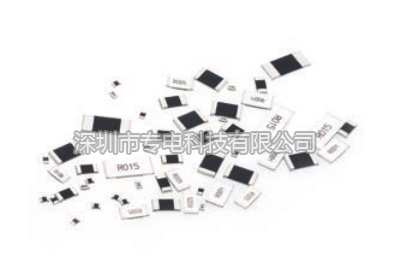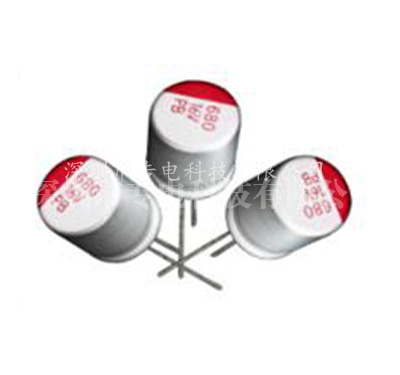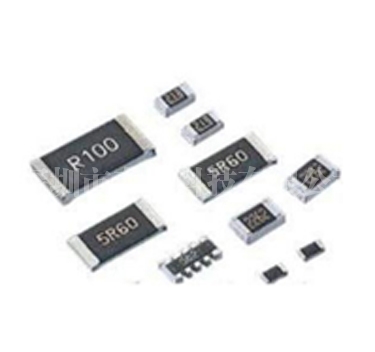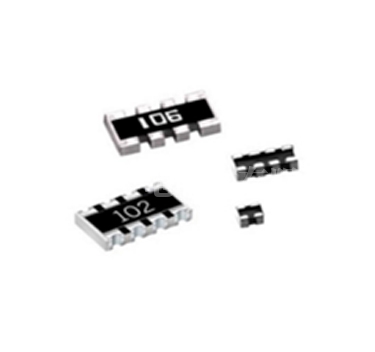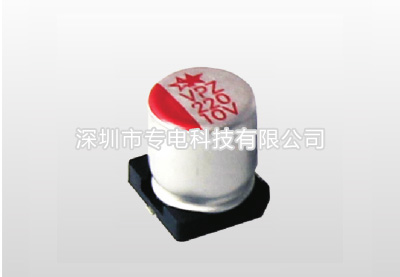1. Preface
The full name of solid capacitor is: solid aluminum electrolytic capacitor . The biggest difference between it and general capacitors (i.e., liquid aluminum electrolytic capacitors) is the use of different dielectric materials. The dielectric material of liquid aluminum capacitors is electrolyte, while the dielectric material of solid capacitors is conductive polymer materials.
There are many advantages of solid capacitors, and many people now recommend the use of solid capacitors. So, what materials are solid capacitors made of? What are the characteristics of solid capacitors? What are the functions of solid capacitors?
2. Advantages of solid capacitors
1. High stability
Solid aluminum electrolytic capacitors can continue to operate stably in high temperature environments, and the use of solid aluminum electrolytic capacitors can directly improve motherboard performance. At the same time, due to its stable impedance over a wide temperature range, it is suitable for power supply filtering. It can effectively provide stable and abundant power, which is especially important during overclocking.
Solid capacitors can still operate normally in high temperature environments and maintain various electrical functions. Its capacitance does not change by more than 15% across the entire temperature range, which is significantly better than liquid electrolytic capacitors. At the same time, the capacitance of solid electrolytic capacitors has nothing to do with its operating voltage, thus ensuring its stable operation in a voltage fluctuation environment.
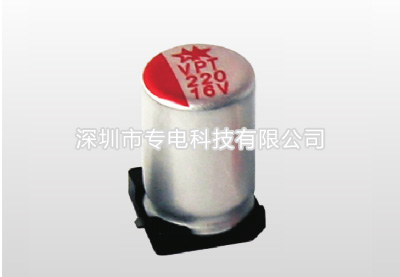
2. Long life
Solid aluminum electrolytic capacitors have an extremely long service life (service life exceeds 50 years). Compared with liquid aluminum electrolytic capacitors, they can be regarded as "long-lived". It will not be broken down, and there is no need to worry about the liquid electrolyte drying up and leaking, which will affect the stability of the motherboard. Because there are no problems with liquid electrolytes, solid aluminum electrolytic capacitors make motherboards more stable and reliable.
Solid electrolytes will not evaporate, expand, or even burn like liquid electrolytes in high-heat environments. Even if the temperature of the capacitor exceeds its endurance limit, the solid electrolyte simply melts, which will not cause the metal shell of the capacitor to burst, making it very safe.
The operating temperature directly affects the life of electrolytic capacitors. Solid electrolytic capacitors and liquid electrolytic capacitors have significantly longer lifespans in different temperature environments.
3. Low ESR and high additional ripple current
ESR (EquivalentSeriesResistance) refers to the equivalent series resistance, which is a very important target for capacitors. The lower the ESR, the faster the capacitor charges and discharges. This function directly affects the decoupling function of the microprocessor power supply circuit. In high-frequency circuits, the advantages of the low ESR characteristics of solid electrolytic capacitors become more and more significant. It can be said that the low ESR characteristics at high frequencies are the watershed between the functional differences between solid electrolytic capacitors and liquid capacitors. Solid aluminum electrolytic capacitors have very low ESR and very small energy dissipation. Under high-temperature, high-frequency and high-efficiency operating conditions, the extremely low ESR properties of solid capacitors can fully absorb the high-amplitude voltage generated between power lines in the circuit and prevent it from disturbing the system.
At present, the power consumption of the CPU is very high, the main frequency has far exceeded 1GHz, and the peak current of the CPU has reached 80A or more, and the output filter capacitor is close to the critical point of operation. On the other hand, the CPU uses a variety of operating modes and spends most of its time in the conversion process of operating modes. When the CPU changes from a low power consumption state to a full load state, a lot of the energy required for this instantaneous (usually less than 5 milliseconds) switching of the CPU comes from the capacitor in the CPU power supply circuit. At this time, the high-speed charge and discharge function of the solid capacitor can be achieved in an instant. Outputs high peak current to ensure sufficient power supply and stable operation of the CPU.
solid capacitor
3. The role of solid capacitors
The biggest role of solid capacitors lies in their stability and explosion-proof properties. Because the solid capacitor uses conductive polymer products as the dielectric material, the material will not interact with alumina and will not explode after being energized; at the same time, it is solid, so there is no possibility of explosion due to thermal expansion. situation.
Solid capacitors have excellent characteristics such as environmental protection, low impedance, high and low temperature stability, high ripple resistance and high reliability. They are currently the highest-end electrolytic capacitor products. Because the characteristics of solid capacitors are much better than those of liquid aluminum capacitors, solid capacitors can withstand temperatures up to 260 degrees and have excellent conductivity, frequency characteristics and lifespan. They are suitable for low voltage and high current applications, and are mainly used in digital products such as thin DVDs and projectors. machines and industrial computers, etc. In recent years, it has also been widely used in computer board products.



